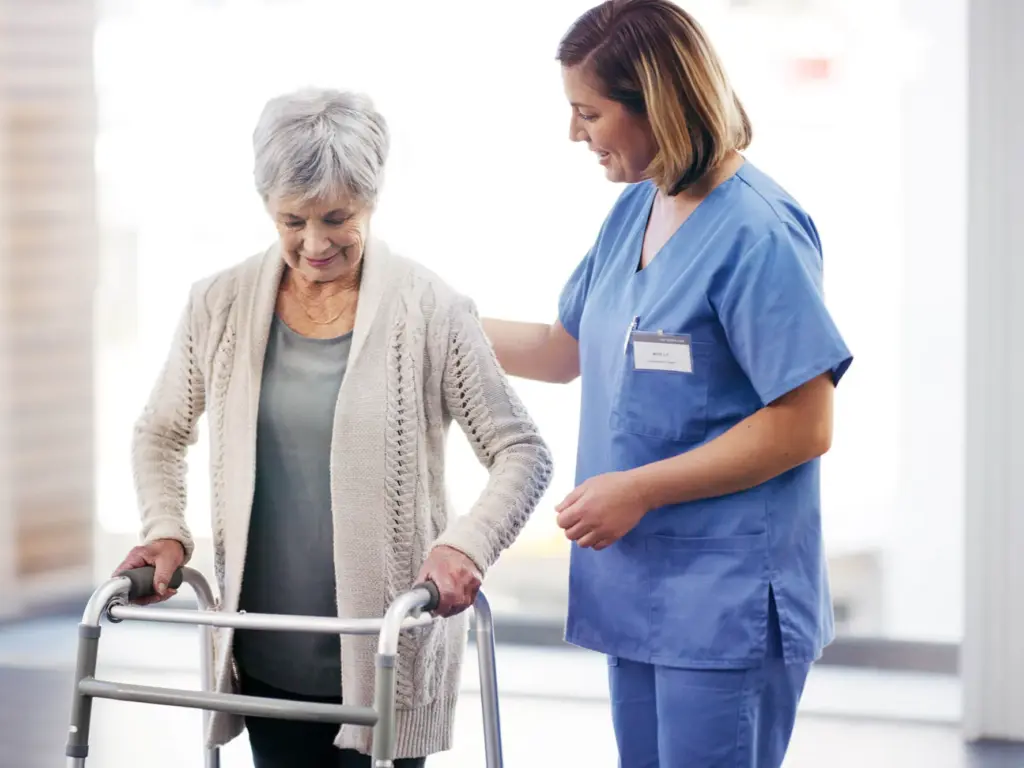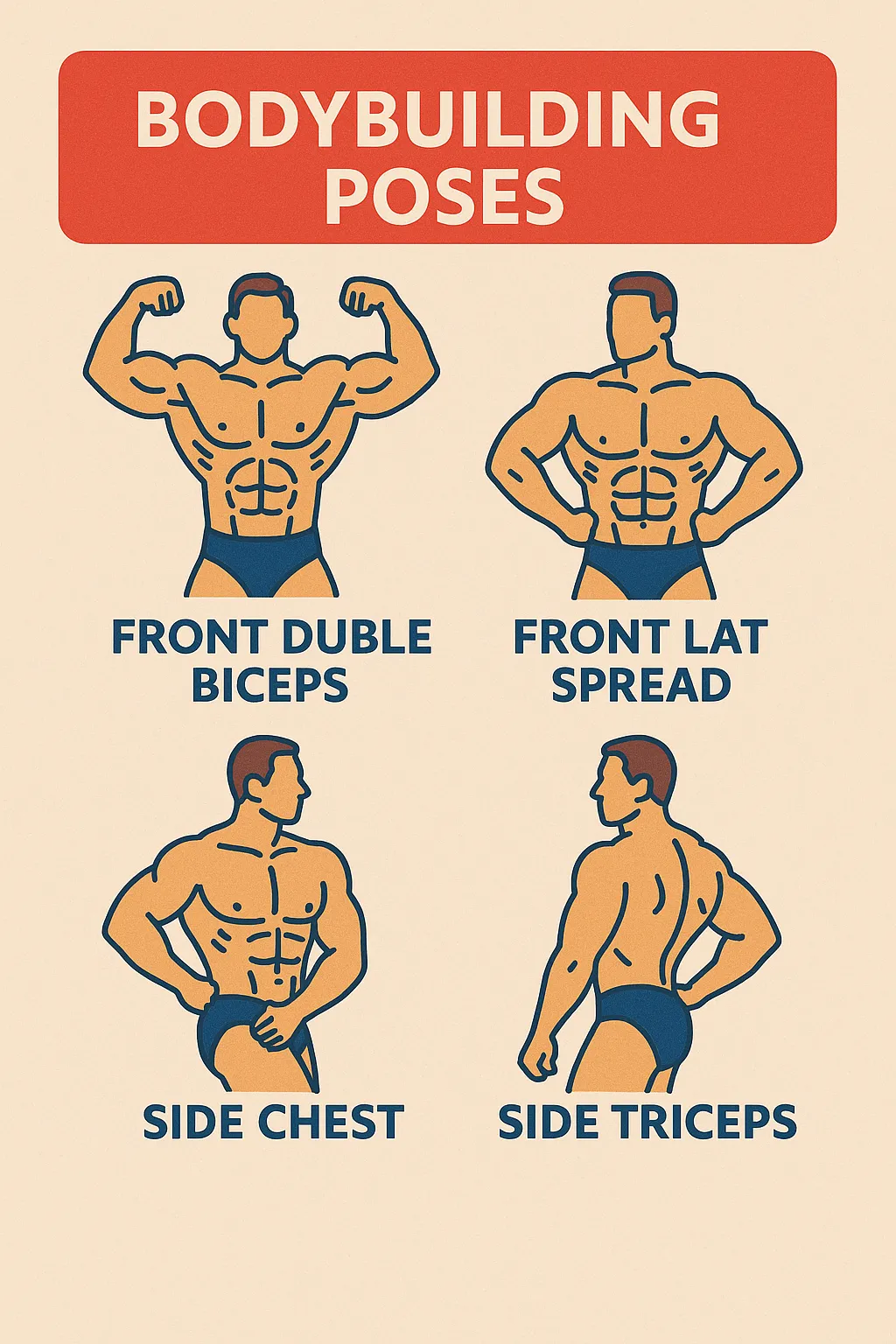Recovery from illness or surgery can be difficult, particularly for the elderly. Ambulation or walking independently is one of the most critical issues in recovery.
This basic activity can mean a lot in recovery. In this discussion, we will discuss why ambulation and exercise are crucial in recovery, citing the benefits, possible risks of immobility, and guidance on how to integrate movement in recovery processes.
What is Ambulation Exercise?
Ambulation is walking or walking from place to place. It may be with or without the use of assistive devices, such as walkers or canes. In elderly individuals, particularly following surgery, ambulation prevents complications and enhances healing.
It is a low-impact activity that does not necessitate the use of special machinery and is not hard on the joints and back, thus, it is best for patients undergoing surgery.

The Significance of Early Walking
Here is the significance of early working:
1. Encourages Blood Circulation
More circulation of blood is one of the major advantages of early walking. As you move, your heart circulates more blood, and this improves the flow of oxygen to the body. This is crucial in healing organs and tissues during surgery. A boost in blood flow ensures that your body receives all the nutrients it needs to heal.
2. Guards Against Blood Clots
Extended sitting or lying will most probably lead to the development of blood clots or deep vein thrombosis (DVT). Walking stimulates circulation and hence makes it less probable for these dangerous clots to occur. It is critical in aversion to clot development, potentially harmful for elderly individuals, to remain on the move.
3. Wound Healing
Walking enhances the healing of wounds. Enhanced blood flow ensures a quicker supply of necessary nutrients to the surgical site, speeding up recovery. Patients who walk early recover faster than non-mobile patients.
4. Enhances Organ Function
Ambulation also enhances different functions of the body positively. It enhances gastrointestinal, genitourinary, pulmonary, and urinary tract functions. For example, walking can be of relief in constipation and gas pain, which are frequent postoperative complaints.
5. Increases Muscle Strength
Walking regularly develops muscle tone and strength, especially of the abdomen, ankles, and legs. Increased strength can be a major contribution to overall stability and mobility, which is necessary for daily living.
6. Enhances Coordination and Balance
Ambulation and improved coordination and balance are significant factors that would be of great use to older people. Walking can certainly decrease the stiffness of their joints, particularly of their knees, hips, and ankles. Fall prevention and the promotion of independence are largely dependent on it.
7. Improves Mood and Self-Concept
Physical activity, no matter how little, has a positive impact on mental health. Walking can enhance mood, enhance feelings of autonomy, and boost self-esteem. Post-surgery, most patients are in a vulnerable state, and walking facilitates a sense of normalcy and mastery in recovery.
8. Reduces Hospital Stay
Exercise and ambulation patients have a shorter hospital stay. Patients’ ability to walk and move independently allows for earlier discharge, contributing to a quicker return to an active life.
Risks of Immobility of Ambulation Exercise
Although ambulation offers well-known advantages, immobility also presents significant dangers. Some of the possible issues that may occur when patients do not ambulate postoperatively are as follows:
1. Pressure Ulcers
Lying in bed for prolonged periods can lead to pressure ulcers, commonly known as bedsores. Painful and sore wounds develop over bony prominences of the body and seldom develop in patients who keep moving all the time.
2. Urinary Problems
Non-ambulatory patients are more at risk of suffering from urinary infections and incontinence. To be able to stand up and visit the restroom minimises risks, hence, urinary health becomes better.
3. Loss of Bone Health
Bones get lighter if they don’t experience weight, and they demineralise and develop conditions such as osteoporosis. Every day, walking makes bones stronger and keeps their density intact, which is very important among older adults.
4. Elevated Stress and Anxiety
A sedentary lifestyle can contribute to elevated stress and anxiety. Ambulation eliminates these conditions and affects general mental status.
5. Venous Stasis and Blood Clots
Decreased circulation of blood by staying inactive causes venous stasis and an increased risk of developing blood clots. Regular ambulation prevents these situations.
6. Respiratory Complications
Post-operative non-walkers are at risk for lung-related complications, i.e., pneumonia. Ambulation promotes continued lung utilisation and prevention of respiratory infection.
Tips to Promote Ambulation
The necessity for ambulation after convalescence is easy and beneficial. These tips give a very realistic feel for promoting mobility:
1. Begin slowly
Start with short walks in the room or corridor. Progress to longer distances and durations with more strength and confidence. Walking even for a few minutes per hour can be beneficial.
2. Use Assistive Devices as Needed
If balance becomes a problem, make it easier to use walkers or canes. They can give a sense of stability and confidence when moving around.
3. Set Goals
Having realistic, achievable goals can provide a start for patients. Walking a set distance every day can be an example of building motivation.
4. Engage Family and Friends
Having friends or family join the patient on walk sessions can add to the experience as well as motivate them.
5. Establish a Routine
Putting walking as part of a daily routine can make it a habit. Ask patients to set aside certain periods for ambulation, i.e., after meals or at break times.
6. Reward Progress
Receiving rewards at every milestone, however small, can improve morale and induce greater effort at ambulation.
Bottom Line
Ambulation and exercise form integral parts of the process of rehabilitation, particularly among the elderly. Walking not only enhances the circulation of blood and the healing of wounds, but also enhances mood and health.
Immobility, however, causes extreme complications that disrupt the recovery process. By making it easy for regular movement and assigning importance to it, patients have a simpler, more effective recovery process. Keep in mind, every little step makes a difference when it comes to health and quality of life. So, let’s move on!







